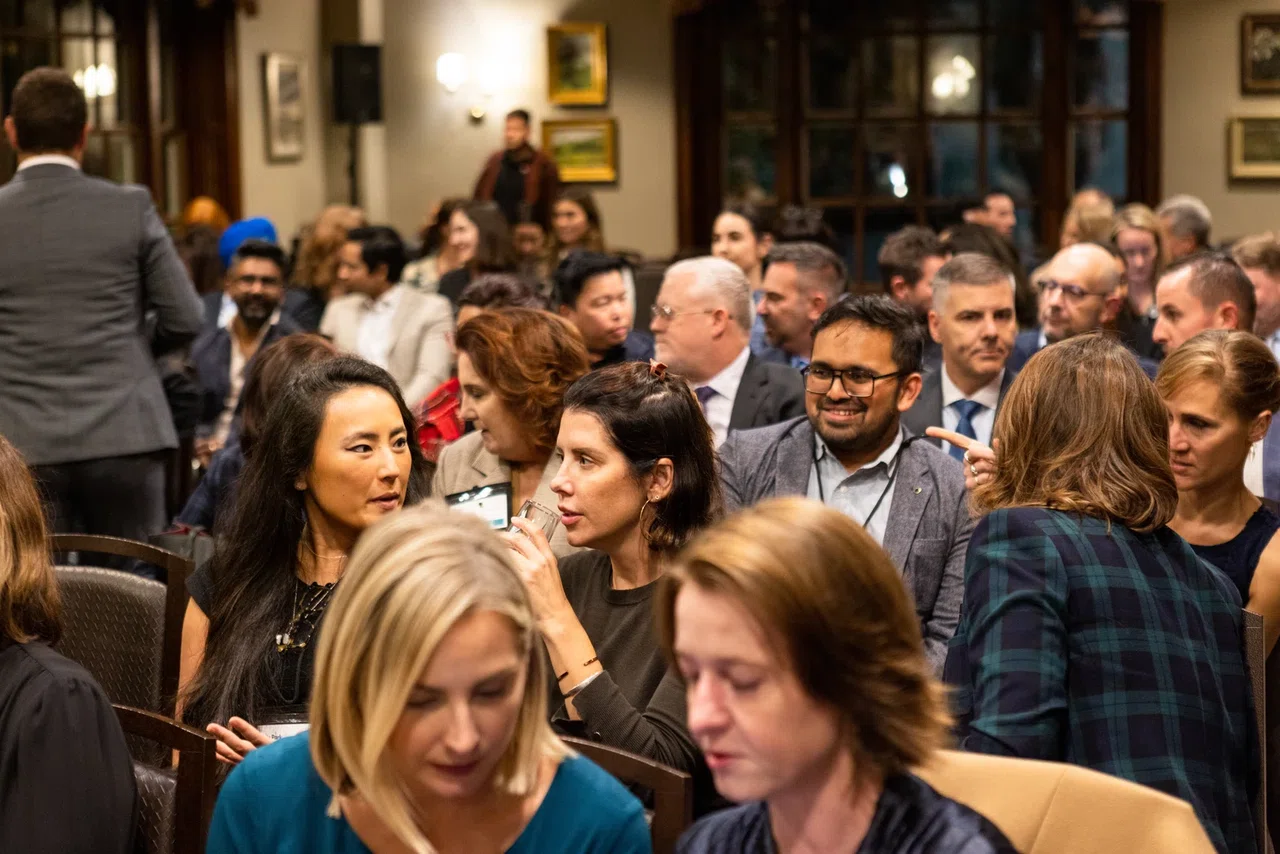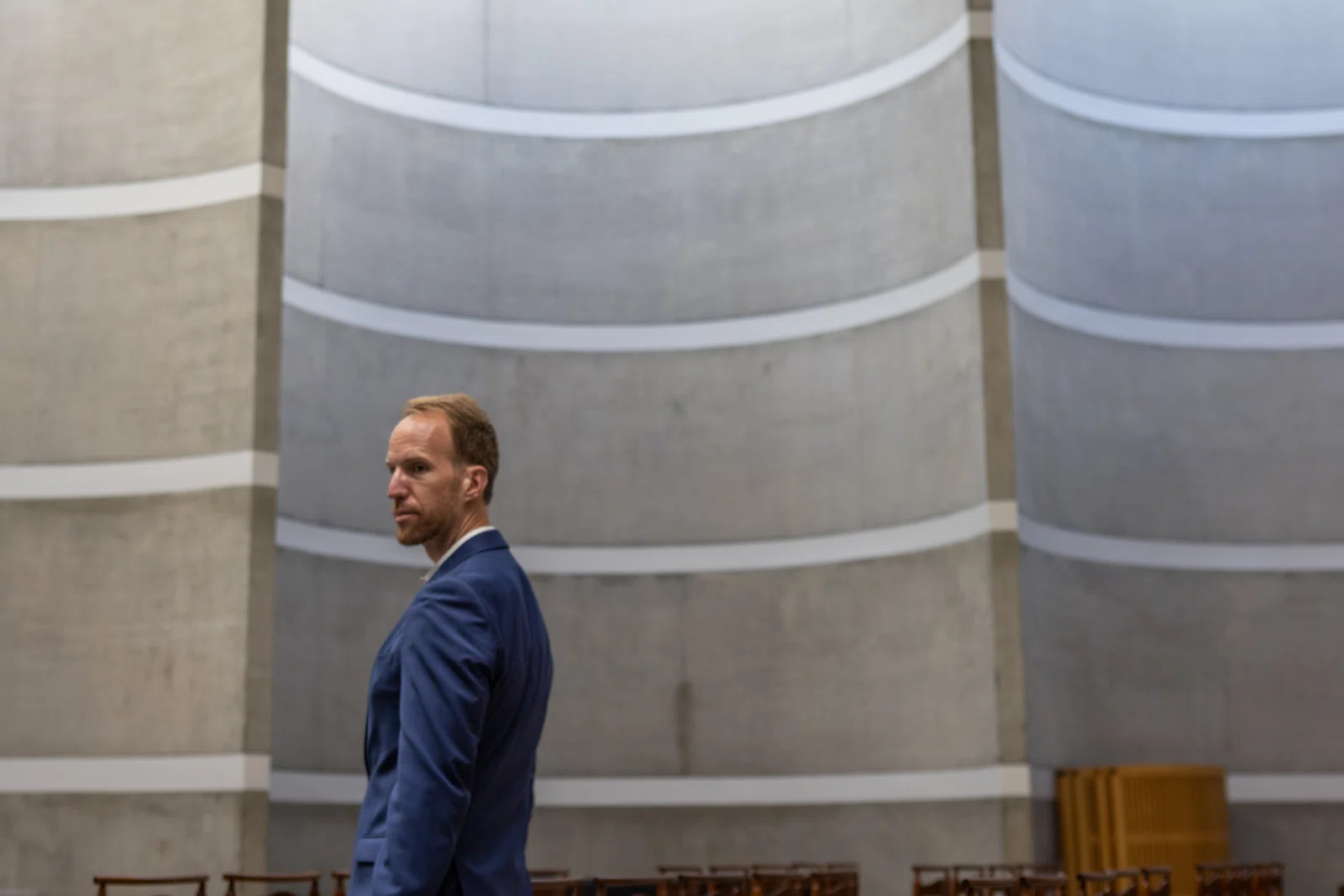
Close
result
Catalysing Innovation and Reinvention

While chiefs of staff are not often directly responsible for innovation, many sessions within the programme showed participants where they have potential to shape their organisations and to make them more flexible and open to change. Equally, some participants are now able to question innovation initiatives and ensure that they are actively contributing to the long-term health and purpose of the organisation.
One participant on the programme joked that ‘we all have minors in psychology’. They might also have added that chiefs of staff typically major in organisational behaviour. While senior leaders might set the vision and inspire people to want to explore something new – ‘the CEO moves at the speed of innovation’ – the chief of staff can create the context in which that innovation can emerge, both in terms of structure (offsite teams, potential for ‘play’, but also guardrails to ensure that exploration is not a free-for-all) and culture. They are able to unleash capacity because they do not think hierarchically: they are happy to listen to the people who might have less power, but who might have good ideas. In addition, they are good at managing differences: diversity creates innovative ideas, but sometimes at the cost of professional harmony. Once again, the lubricant quality of the chief of staff is vital to encourage collaboration and maintain psychological safety.
‘The programme opened my eyes to the need to create organisational ambidexterity.’
I was fascinated by the case studies of mature organisations that were looking for ways to innovate and reinvent themselves. I hadn’t thought much before about the peculiarities of corporate innovation: you kind of assume that it’s just like being a start-up but on a bigger scale. But the programme revealed the special challenges faced by organisations that try to innovate from within and opened my eyes to the need to create organisational ambidexterity by separating efforts to improve the core business from efforts to innovate and explore. It was helpful to discuss real-life examples of companies that had tried to innovate and failed, as well as those that had tried to innovate and succeeded.
About three weeks after I returned from the programme, I met with the executive committee of our company, which included my principal (the Chairman and Founder of the Group), the Group COO, and the rest of the executive leadership. I gave a presentation that summarised some lessons I took from the programme and how I believed those lessons could be applied in our organisation. It was a very exciting meeting, but after that meeting, it became apparent that implementing those lessons was not going to be a walk in the park.
So what I’ve done since is go back to the material that was shared during the programme, including one of the books we were given, Corporate Explorer, and slowly and discreetly start to use the ideas in it to build repeatable innovation capability for our organisation–– which is something that, like many other established organisations, our size, modus operandi, and structure make quite difficult. In order to make progress, I’ve had to work hard at winning stakeholder buy-in, as the journey of implementing the lessons I learned from the programme has proven to be a formidable test in influence, negotiation, and change leadership and management.
So one of my own biggest innovations has been creating a ‘reinvention tool’ for one of our companies. This comprised educational content summarised from some of the material we received on the topics of Organizational Reinvention, Leading and Managing Change, and Ambidextrous Organisations combined with a diagnostic tool in the form of bespoke questions that required the team to apply the knowledge from the educational material in the specific context of the company. The ultimate goal of the tool was to help the senior leadership of the individual companies in our group understand how technological lifecycles work, appreciate the dire need for innovation, and explore possible pathways to organisational reinvention based on current industry trends.
Jeremy Sackey, Chief of Staff, CH Group (Ghana) Ltd
‘The “opportunity gap” is now part of my vocabulary.’
One of the standout legacies of the programme is that it’s changed how I think about my circumstances in the workday moment. I have a stronger set of use cases and reference points to navigate and frame the opportunity. For example, I now often think about the challenge of ‘dynamic capabilities’ and particularly the concept of the ‘opportunity gap’. That phrase now is part of my vocabulary. The other new concept was the ‘ambidextrous organisation’ and thinking about how important nurturing innovation openly is. Our use case on how to nurture innovation by growing the core business, while having a unit with permission to try the new was impactful.
Donna Robertson, Chief of Staff, Global Data Office, Visa

‘Are we innovating for the sake of innovation or are we innovating for the sake of closing the educational gap?’
The final session, which really brought everything together, got me reflecting on the idea of purpose. There are times when I wonder, did I make a difference? And the key people that I need to make a difference for are actually the students in the school district. So is what I’m doing, the questions that I’m asking and the information that I’m moving back and forth, ultimately helping the students grow throughout the school year and making them better consumers of education?
That’s part of my job, to insert those questions in the meetings, to remind everyone that we need to be putting students first, to make sure that the main thing is the main thing.
We have all this technology, and it's very exciting, but we need to keep asking ourselves if it is really what we need right now for our kids. Are we innovating for the sake of innovation or are we innovating for the sake of closing the educational gap? Have we considered all of the options for all of the students, and what does that mean for all of the students? Because if it makes a difference for our white kids, but it's going to increase the gap for our Hispanic kids or our Black kids or whoever, then is it something we should be doing at all? Those are always the questions that we want to put before leaders to make sure that what they're doing makes a difference for the kids in their buildings. And it’s my job to keep making sure that those questions are asked.
Deborah Staten, Deputy Chief of Staff, Denver Public Schools





